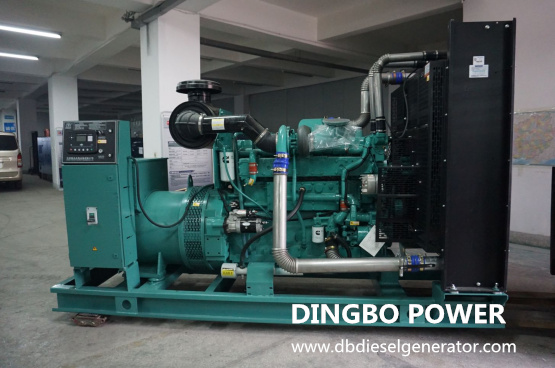With the increasing demand for electricity, diesel generators play a vital role as a backup power supply in various industries. However, many users don’t fully realize the importance of choosing right generator cables. As a bridge between the generator and the electrical equipment, the quality and performance of cables are directly related to the safety and transmission efficiency of electric power. Using wrong cables can lead to several risks, such as equipment damage and fire hazards. In this article, we’ll explore what you need to consider when choosing cables for your diesel generator sets.
Generator cable size
Choosing a right cable size for your generator sets is important. The cross-sectional area of the cable should match the amps of the diesel generator, so that it can carry the current of the generator without overheating or damage. An undersize cable will fail to carry the current of the generator. An overloading cable in a power generator installation can cause overheating and lead to fire hazard. It may also cause electrical hazards and can damage your generator and appliances. Oversizing a cable in a diesel generator installation can also lead to a number of problems, such as higher material and installation costs, reduced flexibility, reduced efficiency and increased voltage drop.

The current-carrying capacity of a cable is determined by its ability to dissipate heat generated by the current flowing through it. The cable’s cross-sectional area affects the heat dissipation, so it determines the amount of surface area available for heat dissipation. Thus, you need to calculate the cable’s cross-sectional area based on the power and current of the diesel generator set. To know what generator cable or cables you’ll need for your specific generator, you’ll need to first check your generator’s nameplate for the system voltage, as well as the wattage.
Other factors to consider when choosing diesel generator cables
Power Transmission distance: The further the power transmission distance, the larger the cross-sectional area of the cables will be, so as to reduce voltage drop and resistance loss.
Rated voltage of generator cables: Make sure that the rated voltage of generator cable matches the rated voltage of the generator.
Voltage resistance and materials of cables: The voltage resistance of cables refers to the maximum voltage that the cable can withstand, which is determined by the actual transmission voltage and the electricity environment. At the same time, the materials of the cables are also a key factor when purchasing generator cables. Generally, the common materials include PVC, PE and XLPE.
Laying method: The laying methods of the cables should also be considered. The common laying methods of generator cables include direct burial, bridge, conduit laying, etc. Different laying methods have different requirements for the cables.
In short, diesel generators are a good choice as a backup power supply in different industries. Choosing the right cables can ensure the stable operation and safety of the diesel generator. When choosing the ideal cables for your power generator installation, you should consider factors such as the generator’s power rating, cable length and type, ambient temperature and environment, installation method and configuration, as well as adherence to local codes and regulations.
Don’t hesitate to reach out for any further information or assistance regarding to diesel generator sets. Contact us at dingbo@dieselgeneratortech.com, and we will gladly help you.
Comments
Post a Comment